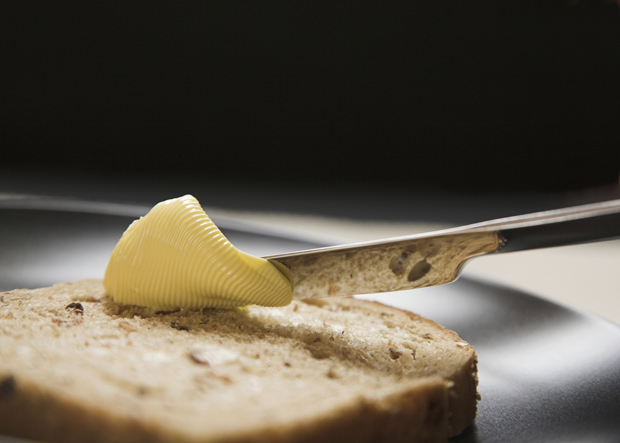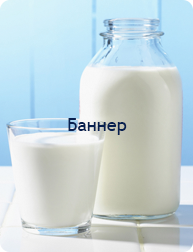Butter: its history, production, and types

03 april 2015
Butter, perhaps, is one of the most favorite dairy products. In addition, it is the most universal: for frying, oven dish, baking, and as additive to other meals.
From the history of butter
This product is well known for a very long time - the first reference relates to the year 2000 before our era. In earlier times, butter was so expensive that has been used exclusively in religious ceremonies. And it is still used for the same purpose in India and Tibet. Ancient Rome valued its cosmetic and medicinal properties. Butter was used to make soaking to fight skin infections and burns.
Scandinavia has the oldest tradition of exporting butter, since the XII century. However, in medieval Europe butter was considered product for peasants. Increased recognition by the upper class came in the XVI century, when the Roman Catholic Church allowed to consume it during Lent. By 1860, butter becomes a very popular product in France, and Normandy and Brittany are famous far beyond Europe by their butter of the highest quality.
The first industrial-scale butter plants appeared in the US in the second half of the XIX century. At the same time was invented a centrifugal separator, which greatly accelerated the process of butter production.
In Russia at that time butter was made by whipping cream, sour cream, and fresh milk. A well-known to all today Vologodskoe butter associated with the name of Nikolai Vasilyevich Vereshchagin. He had carefully studied the dairy farms by the European standards, and at the exhibition in Paris he had a chance to try Norman butter with rich nutty flavor. So he was inspired by this and suggested to produce butter from cream, heated up to a high temperature, which later gave to Vologodskoe butter the same special aroma and taste.
How is butter made?
Fresh milk is brought to a butter factory. After that begins the separation process of the cream from whole milk by using a centrifugal force. Cream is pasteurized by heating (up to 85 - 90°C), to avoid the existence of harmful bacteria, and save butter fresh much longer. Fresh cream for Vologodskoe butter is heated up to 98°C. After this, cream is whipped until they get thick and do not become a butter. Usually the remaining liquid (buttermilk) is poured out. Sometimes manufacturers add salt to the butter.
The final product has a mass fraction of fat from 50 to 82.5%. After weighing and packing the cooled butter enters grocery stores, ready to add to your favorite dishes.
Types of butterRussia uses the classification of butter depending on the type of cream. It can be sweet cream butter (from fresh pasteurized cream) and sour cream butter (from cream, which was made with lactic acid starter).
Also, there are differences in the milk fat:
- Reduced fat butter - 50 %
- Sandwich butter — 61 %
- Krestyanskoe butter - 72.5 %
- Lyubitelskoe butter - 80 %
- Traditional butter - 82.5 %
The quality of butter must meet GOST R 52969-2008 "Butter. Technical conditions".
From "Biomilk" you can buy natural "Krestyanskoe butter" (72,5 %) and "Traditional butter" (82,5 %).



